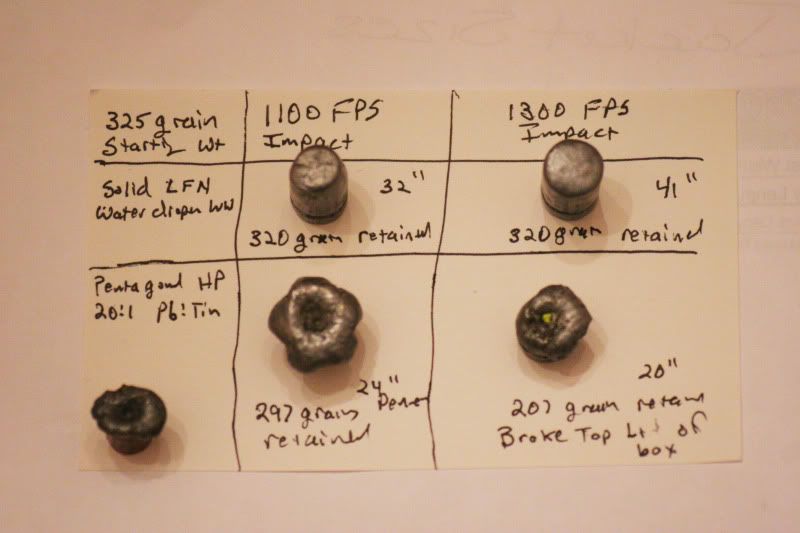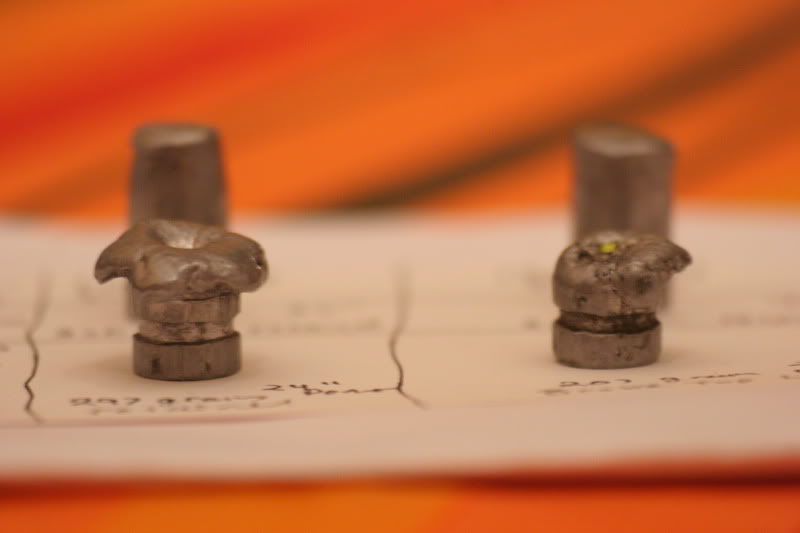I read a post recently that (paraphrased) amounted to this:
"If I feel the need to supercharge a round, I generally just move to a larger caliber." I'll try to find the post and give credit to the poster. He is a very credible source, IMHO.
Edited to add: Here it is.
It's long been my belief that if you need more lethality, what you need is more bullet rather than more speed...and practical experience bears this out.
By 1911Tuner on THR. And I will stand by what he says.
Velocity offers one indisputable advantage--a flatter trajectory. If you are shooting at a distance, this will provide an advantage. For typical pistol shooting distances, this advantage is negligible.
Now I'm going to move "off the ranch" and provide my totally unresearched and unsupported opinion, which may be totally wrong.
I use +p ammo in my short barrelled semi autos for one reason. The short barrel robs velocity. If the velocity drops too far, expansion suffers. Ergo, I use +p ammo to regain some of that lost velocity in an attempt to get that expansion.
Again, I do not have access to ballistic Jell-O to test my theory, and I am fully aware of the fact that my choice of lightweight pistols with short barrels using +p ammo compromises quick follow-up shots. I make that compromise willingly, with eyes wide open.
You may agree or disagree with this choice. IMHO, everything is a trade-off, and as long as you understand and accept the compromises, all is well.
And having said all that, my EDC is a .45 caliber, either a 4" 1911 or an S&W 4" N-frame. Note that each is a "short barrel", and in those, I still use +P in both the .45acp and the .45LC.


